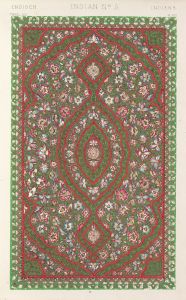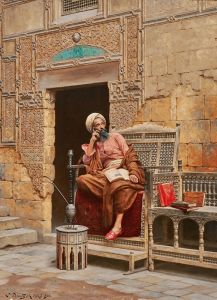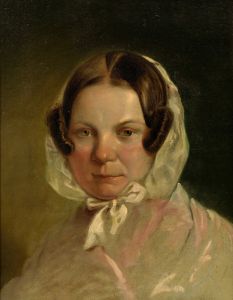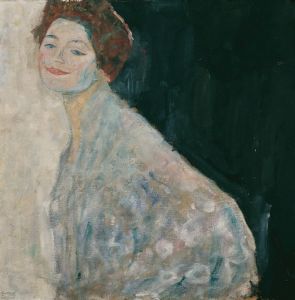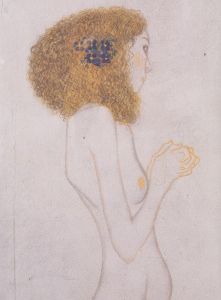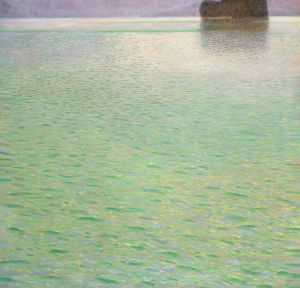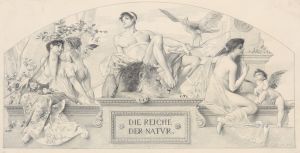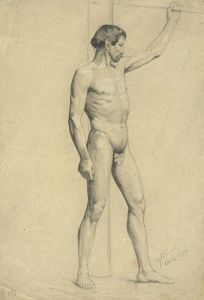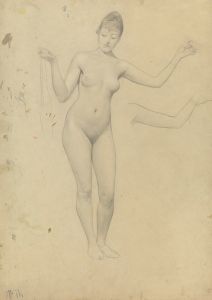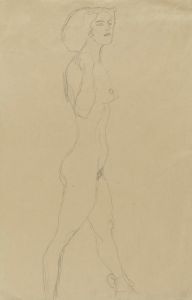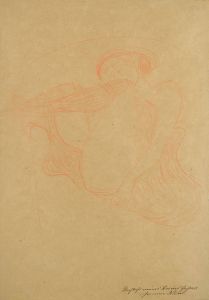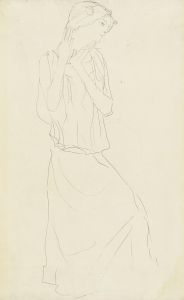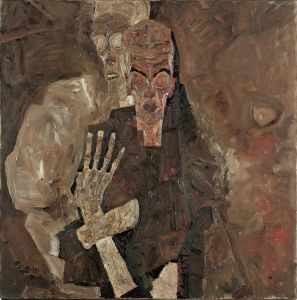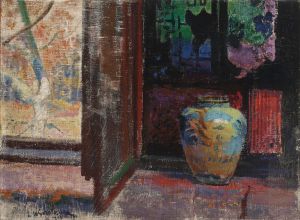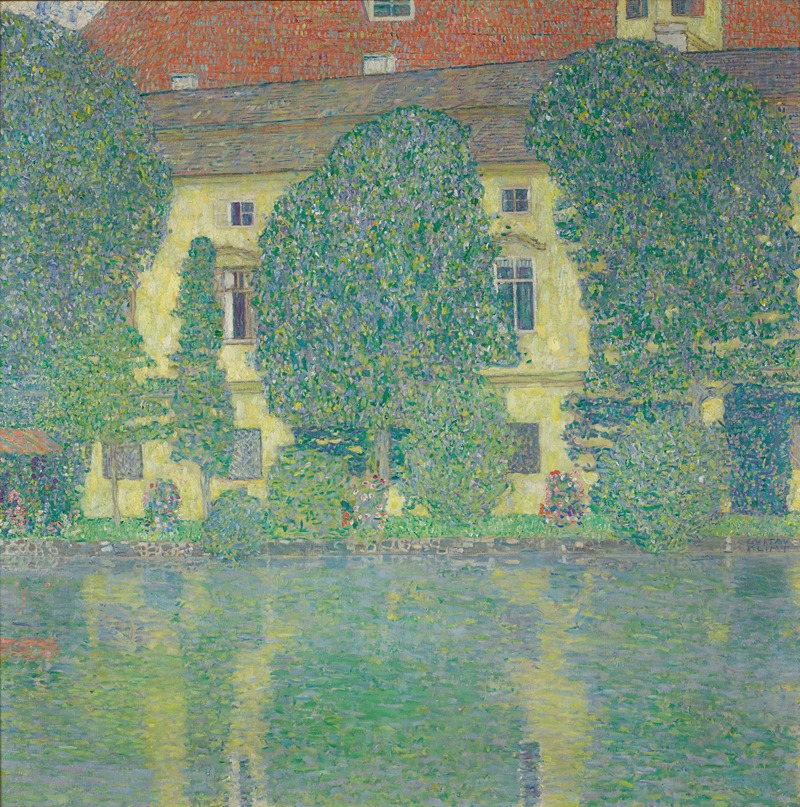
Schloss Kammer am Attersee III
A hand-painted replica of Gustav Klimt’s masterpiece Schloss Kammer am Attersee III, meticulously crafted by professional artists to capture the true essence of the original. Each piece is created with museum-quality canvas and rare mineral pigments, carefully painted by experienced artists with delicate brushstrokes and rich, layered colors to perfectly recreate the texture of the original artwork. Unlike machine-printed reproductions, this hand-painted version brings the painting to life, infused with the artist’s emotions and skill in every stroke. Whether for personal collection or home decoration, it instantly elevates the artistic atmosphere of any space.
"Schloss Kammer am Attersee III" is a painting by the renowned Austrian artist Gustav Klimt, completed in 1910. This work is part of a series of landscapes that Klimt created during his summer holidays at Lake Attersee in Austria, where he frequently visited from 1900 to 1916. The painting exemplifies Klimt's distinctive approach to landscape art, which diverges from his more famous figurative works, such as "The Kiss" and "Portrait of Adele Bloch-Bauer I."
Gustav Klimt was a leading figure of the Vienna Secession movement, which sought to break away from traditional academic art and explore new artistic expressions. While Klimt is best known for his portraits and allegorical subjects, his landscapes reveal a different facet of his artistic vision. "Schloss Kammer am Attersee III" is a testament to his ability to capture the serene beauty of the natural world with a unique stylistic approach.
The painting depicts Schloss Kammer, a historic castle situated on the shores of Lake Attersee. Klimt's portrayal of the castle and its surroundings is characterized by a harmonious blend of colors and intricate patterns. The composition is dominated by a rich tapestry of greens and blues, reflecting the lush vegetation and the tranquil waters of the lake. Klimt's use of color is both vibrant and subtle, creating a sense of depth and movement within the landscape.
One of the notable features of "Schloss Kammer am Attersee III" is Klimt's technique of using small, mosaic-like brushstrokes to build up the surface of the painting. This method creates a shimmering effect, reminiscent of the play of light on water, and adds a tactile quality to the work. The painting's surface is densely packed with detail, yet it maintains a sense of balance and harmony, drawing the viewer into the idyllic scene.
Klimt's landscapes, including "Schloss Kammer am Attersee III," are often seen as a reflection of his personal retreat from the pressures of urban life and the art world. The peaceful settings of these works contrast with the often complex and symbolic nature of his portraits and allegorical paintings. In his landscapes, Klimt found a space for contemplation and a direct engagement with nature, which is evident in the serene and meditative quality of the paintings.
"Schloss Kammer am Attersee III" is part of a broader series of works that Klimt produced during his time at Lake Attersee. These paintings are celebrated for their innovative use of color and form, as well as their ability to convey the essence of the natural environment. Klimt's landscapes have been praised for their modernity and their departure from traditional landscape painting, showcasing his ability to blend realism with abstraction.
Today, "Schloss Kammer am Attersee III" is held in a private collection, and it continues to be admired for its beauty and artistic significance. Klimt's landscapes, including this painting, have contributed to his legacy as one of the most important artists of the early 20th century, demonstrating his versatility and his profound connection to the natural world.





